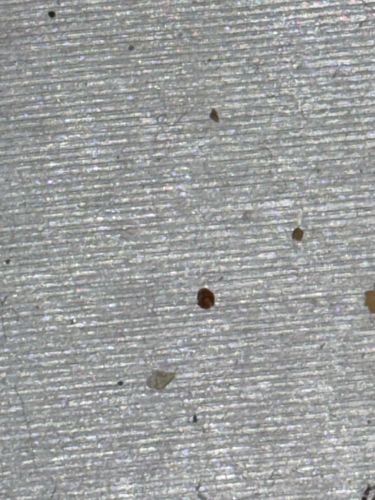Dust Mite
Scientific Name: Dermatophagoides spp.
Order & Family: Acariformes, Pyroglyphidae
Size: 0.2-0.3 mm (microscopic)

Natural Habitat
Human dwellings, especially bedding, carpets, upholstered furniture, and clothing; they thrive in warm, humid conditions.
Diet & Feeding
Primarily feed on dead skin cells (dander) shed by humans and pets.
Behavior Patterns
Dust mites are microscopic and largely invisible to the naked eye. They are not parasitic on humans but consume organic detritus. Their life cycle involves egg, larva, nymph, and adult stages, typically lasting 6-10 weeks.
Risks & Benefits
Dust mites are a common cause of allergies and asthma in humans. Their droppings and body fragments can trigger allergic reactions, including rhinitis, conjunctivitis, and skin rashes. They offer no direct benefits to humans, but play a role in decomposition of organic matter in indoor environments.
Identified on: 8/29/2025